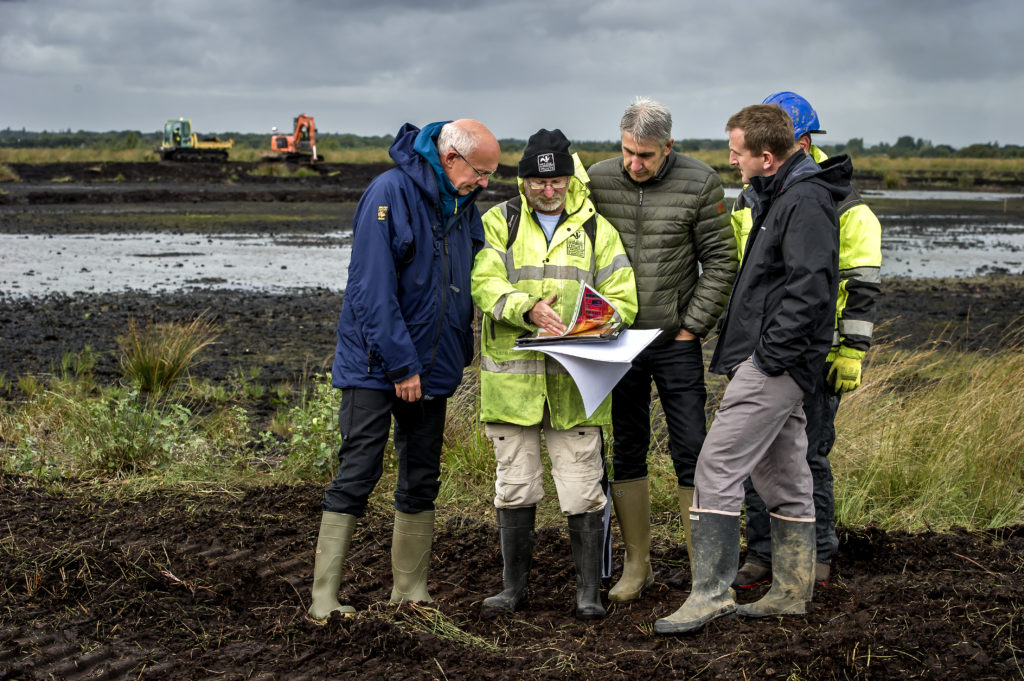Heathrow has invested in the restoration of UK peatlands to offset carbon emissions. Working with the Lancashire Wildlife Trust and DEFRA, Heathrow’s first restoration priority will be Little Woolden Moss, west of Manchester, which has been subject to commercial peat extraction for more than 15 years.
The restoration of the UK’s peatland bogs forms part of Heathrow’s plans to be a carbon neutral airport by 2020. By supporting research into the climate benefits of peatland restoration, Heathrow hopes to show that projects like this will make a good option for airlines’ CORSIA commitments. CORSIA (Carbon Offsetting and Reduction Scheme for International Aviation) is an international agreement to deliver carbon neutral growth in aviation from 2020.
The pilot project will help explore opportunities for peatland to deliver cost-effective carbon offsetting, alongside a range of other benefits including biodiversity, water quality, and flood protection.
Heathrow has invested more than £94,000 (US$124,000) in Little Woolden Moss to restore 70 hectares of peatland that has, up until now, been used for extraction.
According to DEFRA indicators, the restoration of this project area could lead to savings of 22,427 tonnes of CO₂ over 30 years – equivalent to nearly 64,000 passenger journeys from Heathrow to New York.
Following this initial pilot project, Heathrow plans to invest in more peatland restoration projects over the next two years, and the airport is already exploring other locations.
The restoration of Little Woolden Moss will take place over three years, and the restored site will continue to be publicly accessible for cycling, walks, and community events. The restoration will involve pumping water to the site, planting native plant species, and eventually allowing the area to fully restore its rich habitat and wildlife.
John Holland-Kaye, chief executive at Heathrow, commented, “We are very excited to announce our partnership with the Lancashire Wildlife Trust, and explore how UK peatlands can be used as a carbon offsetting tool.
“Climate change is the greatest challenge our generation is facing and while this is just the first of many projects, we hope it will be a model for the aviation industry to follow.”
Heathrow’s aim is to operate zero-carbon airport infrastructure by 2050, meaning that the day-to-day operation of the airport infrastructure results in no emissions of greenhouse gases. As part of the progress made against these plans, Heathrow has also announced that Terminal 2 is now powered by entirely renewable means with 124 solar panels on its roof, an on-site biomass boiler using locally sourced forestry waste, and renewable gas and electricity supplies.
With all of Heathrow running on 100% renewable electricity since April 2017, Heathrow is already almost 80% of the way to its zero carbon airport goal.

